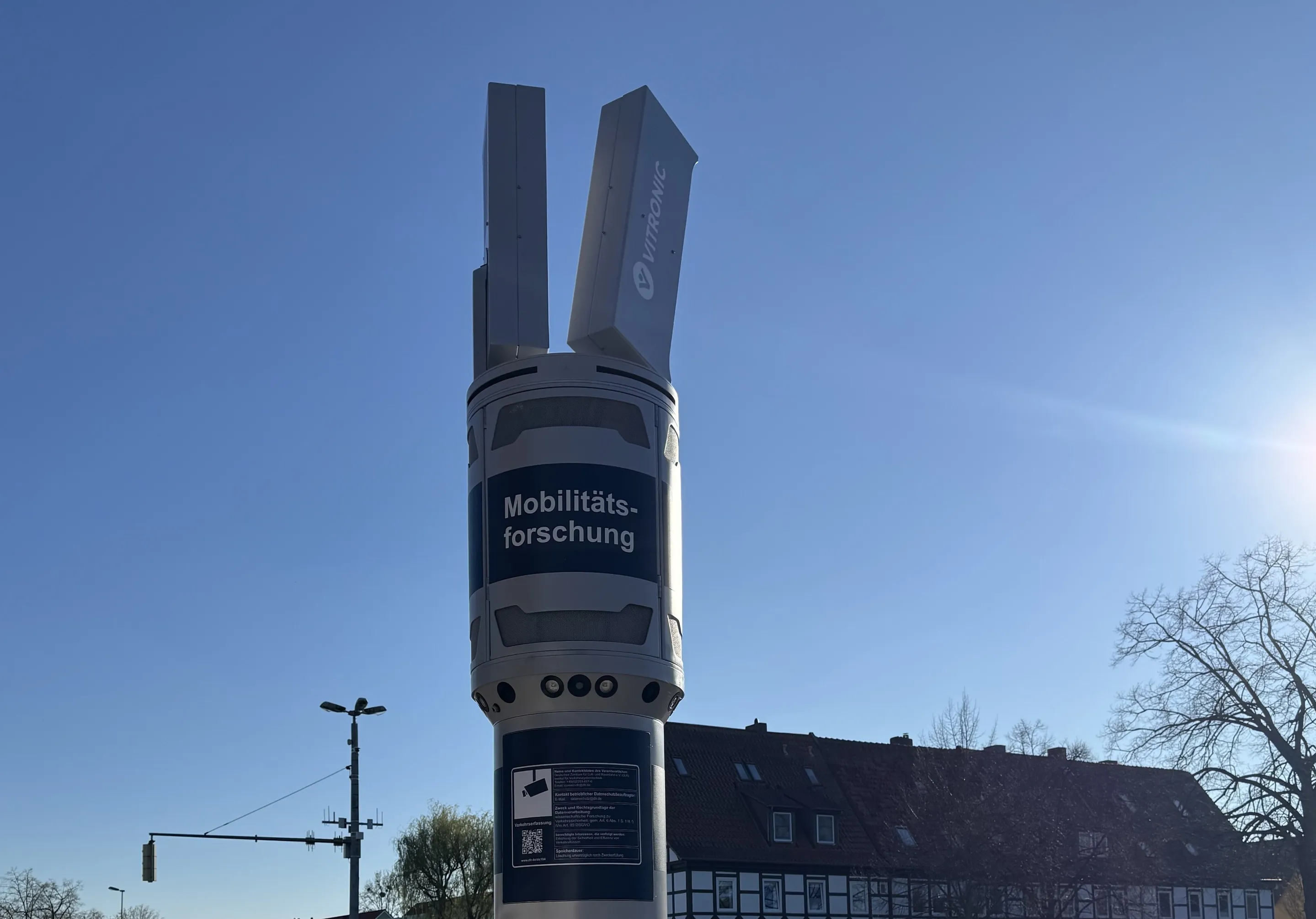Automaker Audi has launched its vehicle to infrastructure (V2I) technology in Las Vegas, US, with Traffic Light Information, an Audi connect Prime feature, which is available on select 2017 Audi A4, Q7 and Allroad models. The technology enables the car to communicate with the infrastructure in select cities and metropolitan areas across the US by receiving real-time signal information from the advanced traffic management system that monitors traffic lights via the on-board 4G LTE data connection.
When ap
December 7, 2016
Read time: 2 mins
Automaker 2125 Audi has launched its vehicle to infrastructure (V2I) technology in Las Vegas, US, with Traffic Light Information, an Audi connect Prime feature, which is available on select 2017 Audi A4, Q7 and Allroad models. The technology enables the car to communicate with the infrastructure in select cities and metropolitan areas across the US by receiving real-time signal information from the advanced traffic management system that monitors traffic lights via the on-board 4G LTE data connection.
When approaching a connected traffic light, Traffic Light Information displays the time remaining until the signal changes to green in the driver instrument cluster, as well as the head-up-display (if equipped). Providing the driver with this additional information helps reduce stress and allows the driver to relax knowing approximately how much time remains before the changing of the light.
This ‘time-to-green’ feature will be the first feature to leverage the Audi Traffic Light Information service. In the future, it may be possible to integrate information from these advanced traffic management systems into vehicle start/stop features, navigation systems to optimise routing and predictive services such as presenting the driver with a speed recommendation designed to maximise the number of green lights one can make in sequence.
Traffic Light Information is launching initially in Las Vegas and will be available to customers with select Audi A4, Q7 and A4 Allroad models (manufactured after June 2016) equipped with an active Audi connect Prime subscription. Continued expansion to additional cities across the US is ongoing as Audi works with municipalities to prepare their infrastructure for V2I connectivity. Audi has partnered with8276 Traffic Technology Services (TTS) to facilitate the transfer of traffic light data to Audi vehicles.
Nevada issued autonomous vehicle licences for Audi to drive from California to Las Vegas three years ago and now Las Vegas is the first city to go live with V2I integration. The integration of this technology further demonstrates that Las Vegas is the model for smart cities of the future.
When approaching a connected traffic light, Traffic Light Information displays the time remaining until the signal changes to green in the driver instrument cluster, as well as the head-up-display (if equipped). Providing the driver with this additional information helps reduce stress and allows the driver to relax knowing approximately how much time remains before the changing of the light.
This ‘time-to-green’ feature will be the first feature to leverage the Audi Traffic Light Information service. In the future, it may be possible to integrate information from these advanced traffic management systems into vehicle start/stop features, navigation systems to optimise routing and predictive services such as presenting the driver with a speed recommendation designed to maximise the number of green lights one can make in sequence.
Traffic Light Information is launching initially in Las Vegas and will be available to customers with select Audi A4, Q7 and A4 Allroad models (manufactured after June 2016) equipped with an active Audi connect Prime subscription. Continued expansion to additional cities across the US is ongoing as Audi works with municipalities to prepare their infrastructure for V2I connectivity. Audi has partnered with
Nevada issued autonomous vehicle licences for Audi to drive from California to Las Vegas three years ago and now Las Vegas is the first city to go live with V2I integration. The integration of this technology further demonstrates that Las Vegas is the model for smart cities of the future.










